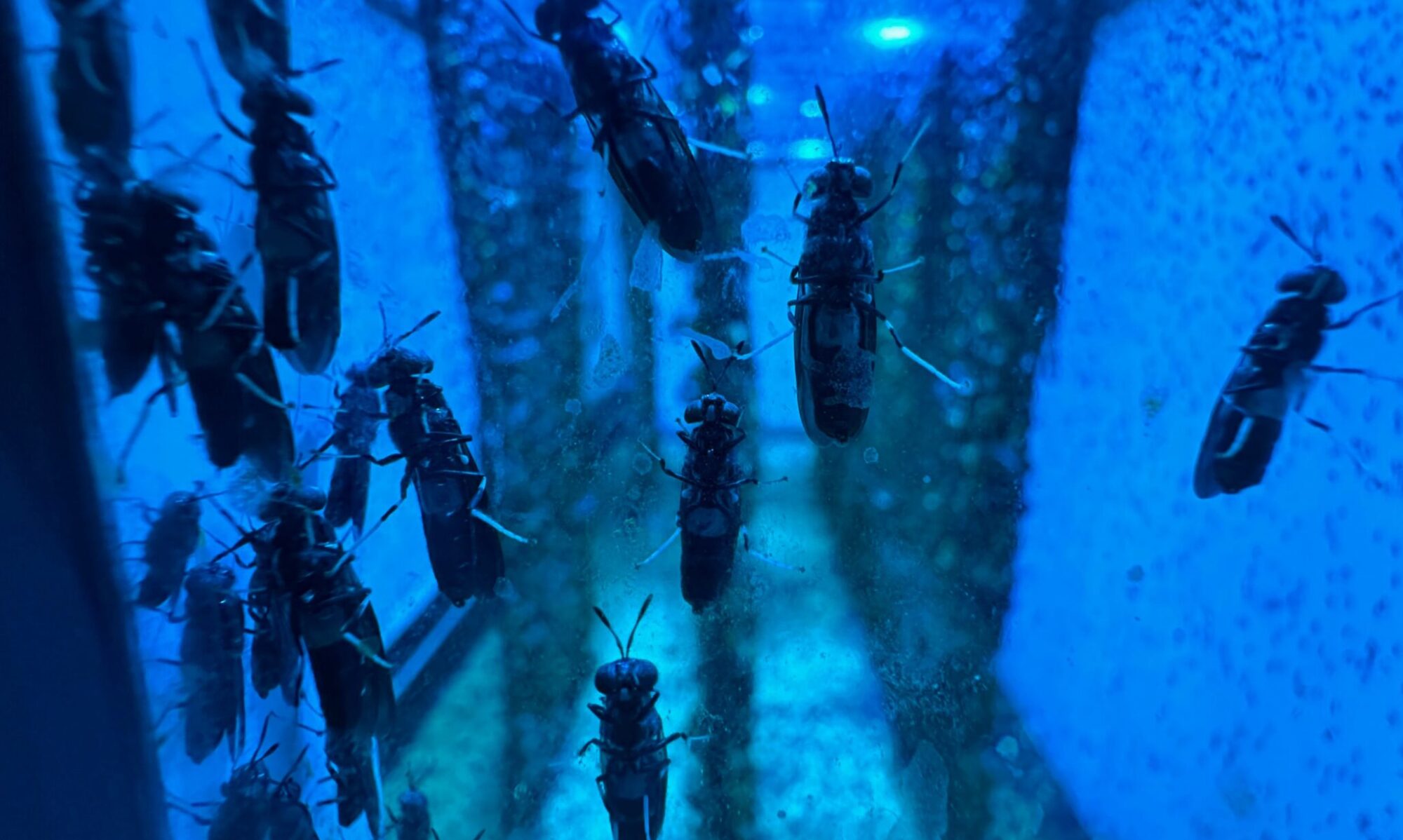
Council for research in agriculture and analysis of the agricultural economy - Agriculture and Environment Research Center
Wild and bred bees for the protection of agricultural ecosystems
In Italy there are about a thousand species of wild bees, which have very diversified biological characteristics in terms of sociality (from solitary to eusocial), nesting methods (in the ground, in pre-existing cavities, in self-built nests) and relationship with the spontaneous and cultivated flora. The latter is of primary importance for their role as pollinators: generalist bees, like the honey bee, they visit many plants, but not specifically, while the specialist bees preferentially visit a specific botanical species, of which they are very efficient pollinators. This has led to the commercial exploitation of some species of bees for the pollination of, whose trade globally has created problems of genetic pollution. The honey bee is also often used to pollinate crops, especially in areas where there is a shortage of wild bees. This custom has led to a weakening of bee families, due to long transports and the hospitality of the agricultural environment. Recent studies have shown that pollinator biodiversity is important for a good pollination service, as well as for maintaining environmental stability. Therefore the best results are obtained through environmental restoration actions, which favor the maintenance of pollinator biodiversity, rather than their exploitation in the pollination service.

